How to Teach Math in Elementary Grades
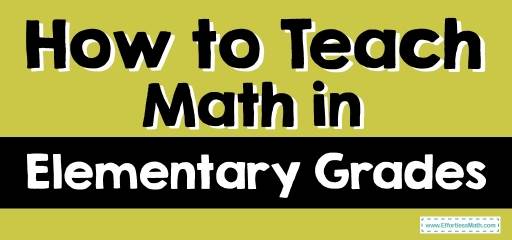
Play Games
It’s not always easy to ensure engagement and participation on behalf of the students. This is especially true if you are mostly going with worksheets. To ensure more fun and promote mathematical thinking and better comprehension, you can opt to incorporate some math games. If you assign them games to play at home, this allows for a better home-school connection. For additional educational resources, .
Hands-on Learning
Mathematics is hugely abstract. To concretize the concepts, you can incorporate math manipulatives where this is possible. Such methods can include using LEGO to teach finding perimeter and area. Or use the same blocks to give students comprehension of multiplication. For additional educational resources, .
Conclusion
There is a variety of strategies that allow you to develop a better comprehension among your students. You can utilize different methodologies and tricks to teach elementary math much more effectively. Here, we tried to present some of those methods that you can take advantage of. They are easy to apply, although some of them may require a bit more in-depth thought. Still, we are sure that they will help every teacher achieve better comprehension when teaching elementary math. After all, this is an essential skill, and the more effectively we teach it, the better for the students. For additional educational resources, .
Related to This Article
More math articles
- A Comprehensive Collection of Free HiSET Practice Tests
- 7th Grade NHSAS Math Worksheets: FREE & Printable
- World Problems Involving Fractions of a Group
- 7th Grade NYSE Math FREE Sample Practice Questions
- The Ultimate 6th Grade K-PREP Math Course (+FREE Worksheets)
- How to Use Area Models to Divide Two-Digit Numbers By One-digit Numbers
- 7th Grade RISE Math Worksheets: FREE & Printable
- Stand-Up Desks for Teachers and Students
- 8th Grade FSA Math FREE Sample Practice Questions
- Geometry Puzzle – Challenge 69
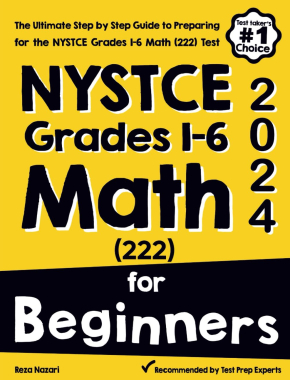
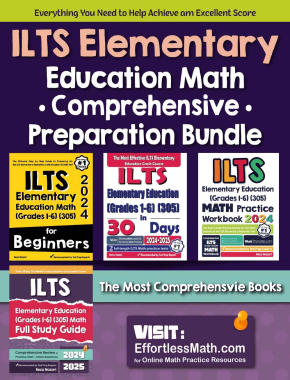
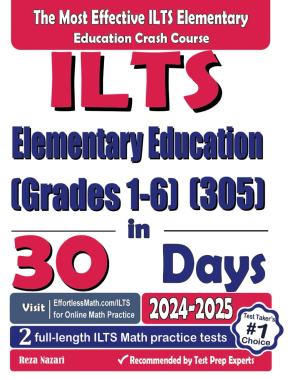
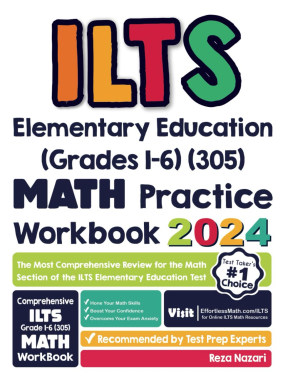
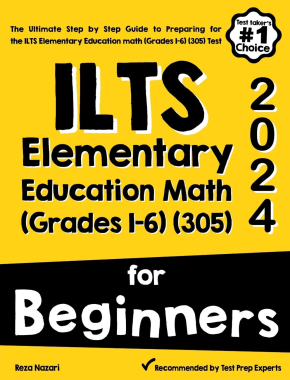
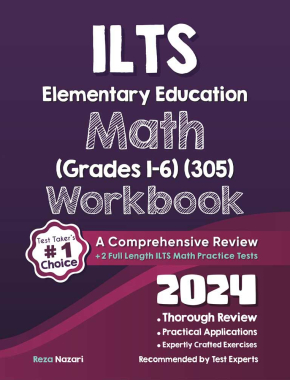
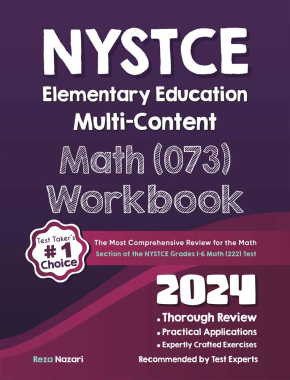
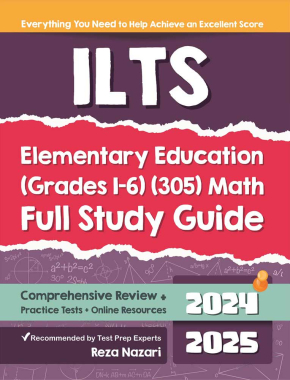
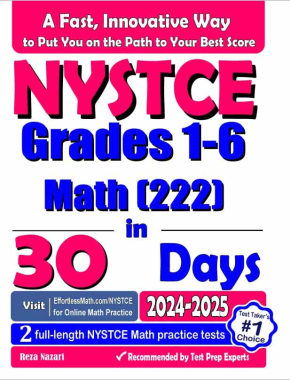
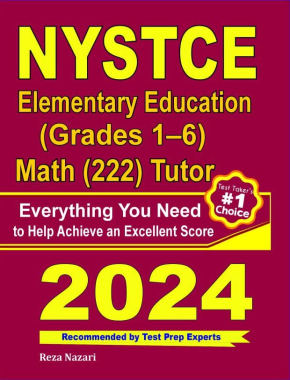
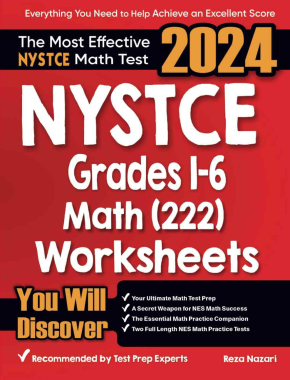
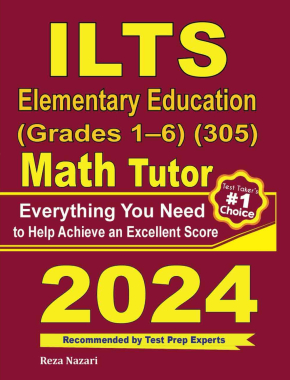
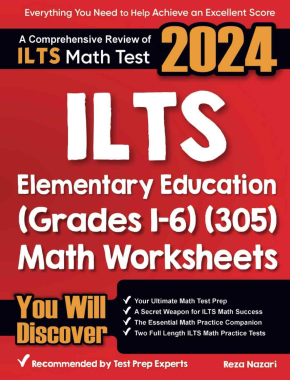
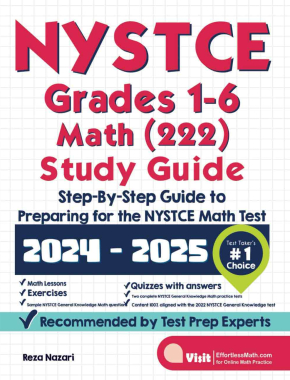
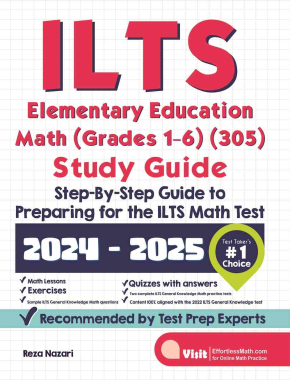
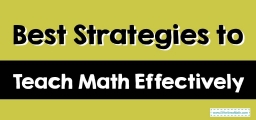
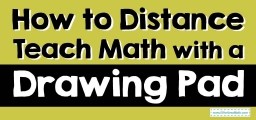


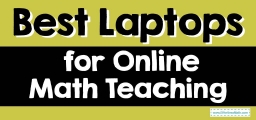

What people say about "How to Teach Math in Elementary Grades - Effortless Math: We Help Students Learn to LOVE Mathematics"?
No one replied yet.